Laser dental Treatments
If you want fast results with a minimum of pain ,swelling and post operative problems, this is the new branch of dentistry may be for you. Laser dentistry offers a long lasting and highly effective alternative to painful and noisy drilling procedures. Lasers can now be used to perform a variety of functions including bleaching, caries removal, restoration and periodontal surgery. These lasers work with other agents to achieve better results. Lasers can also remove plaque as well as dental decay from a caries effected tooth by preparing it for a filling .A laser beam can also help to harden bonding material .Finally it can help periodontal (gum related) problems also. Lasers can be used to reshape gums by removing excess or affected gum tissue in gum diseases sufferers and also remove bacteria from pockets created between diseased gums and teeth.
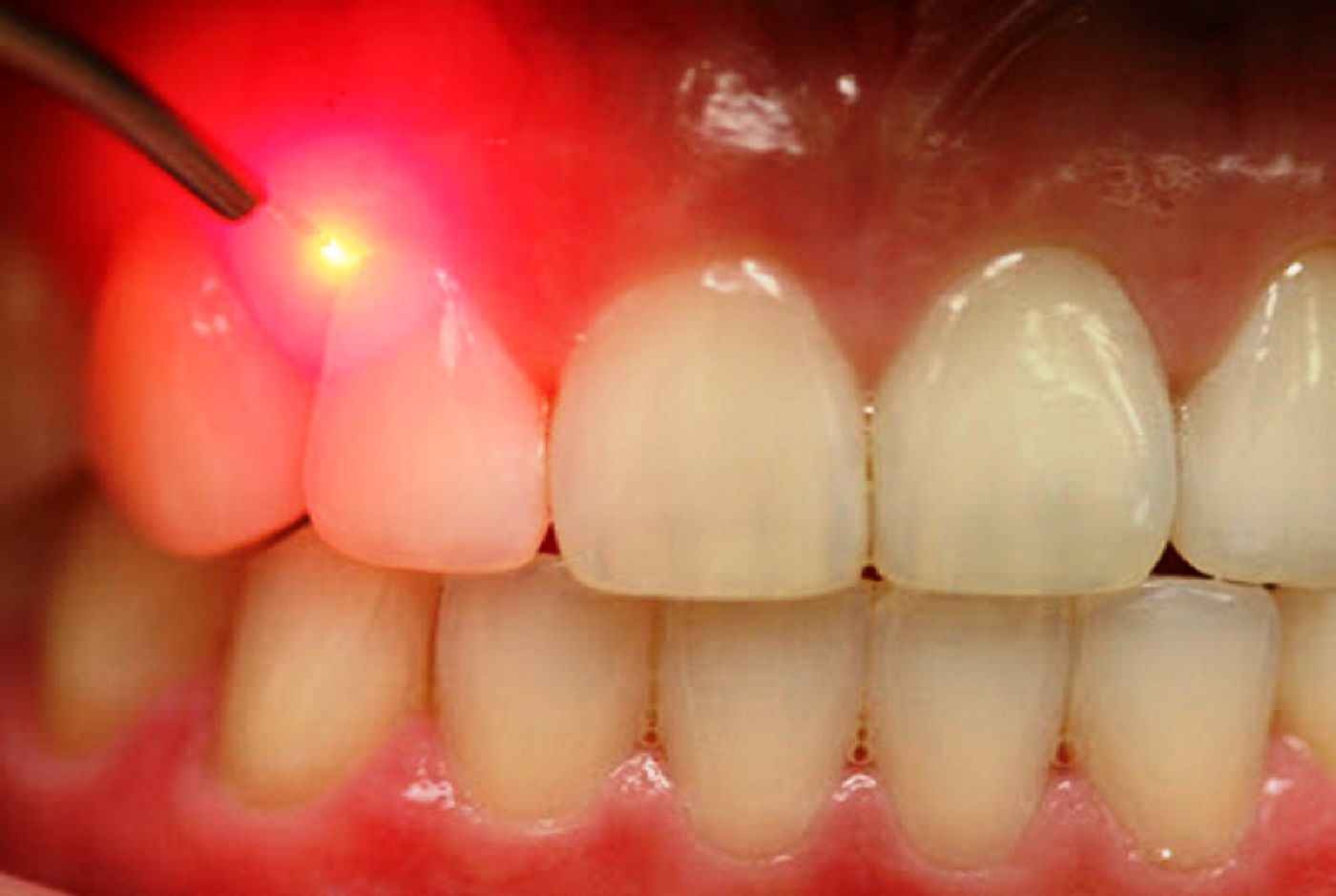
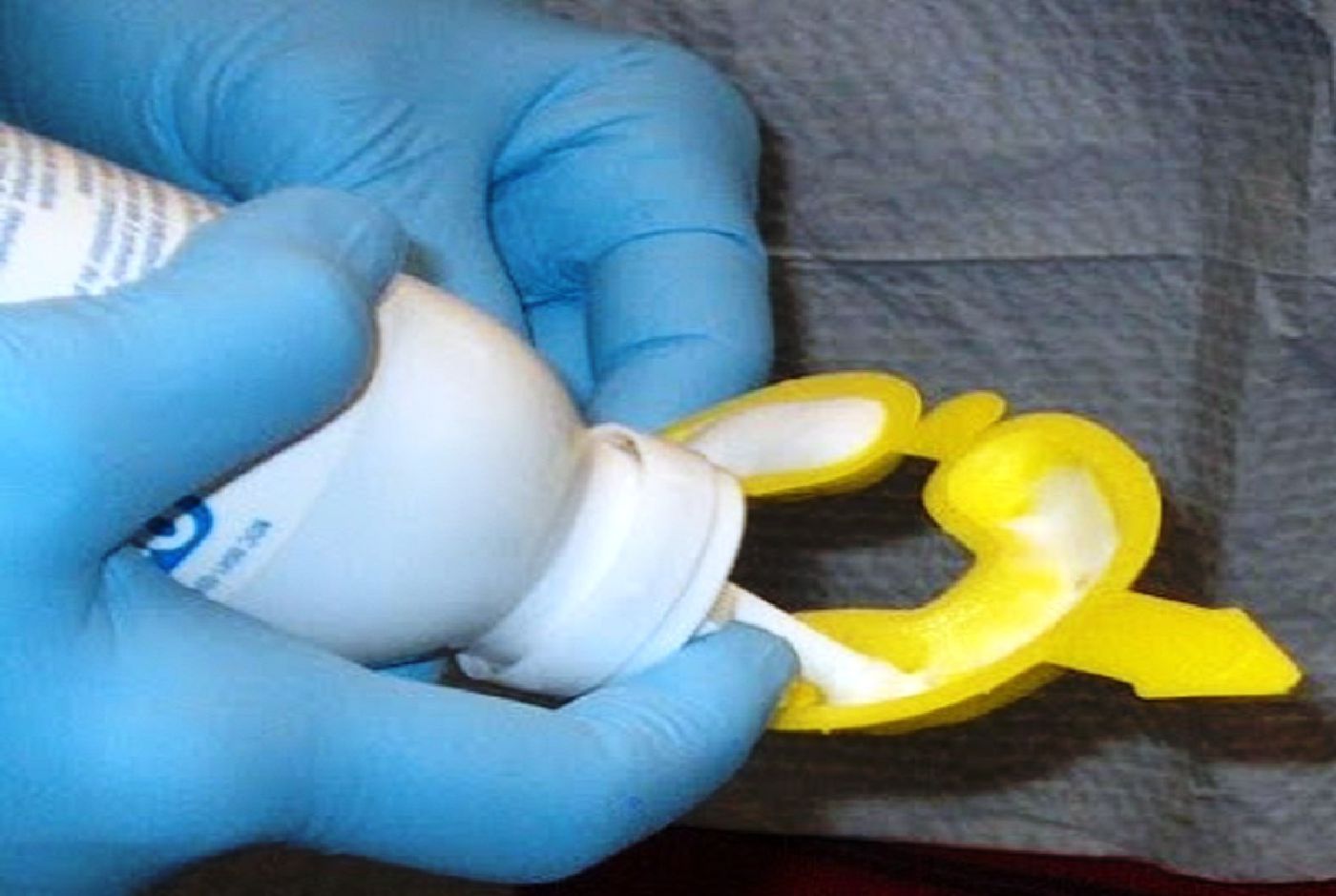
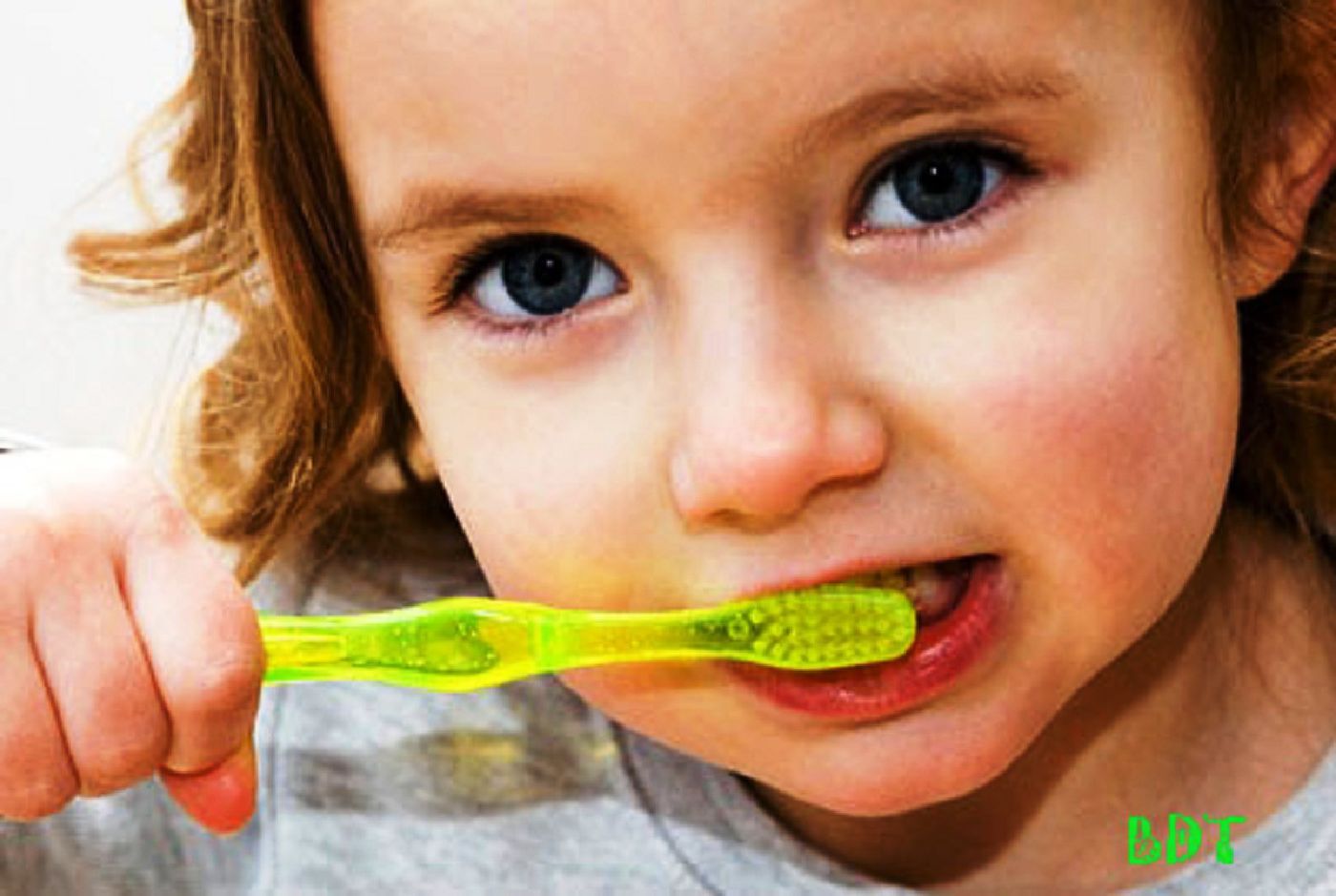
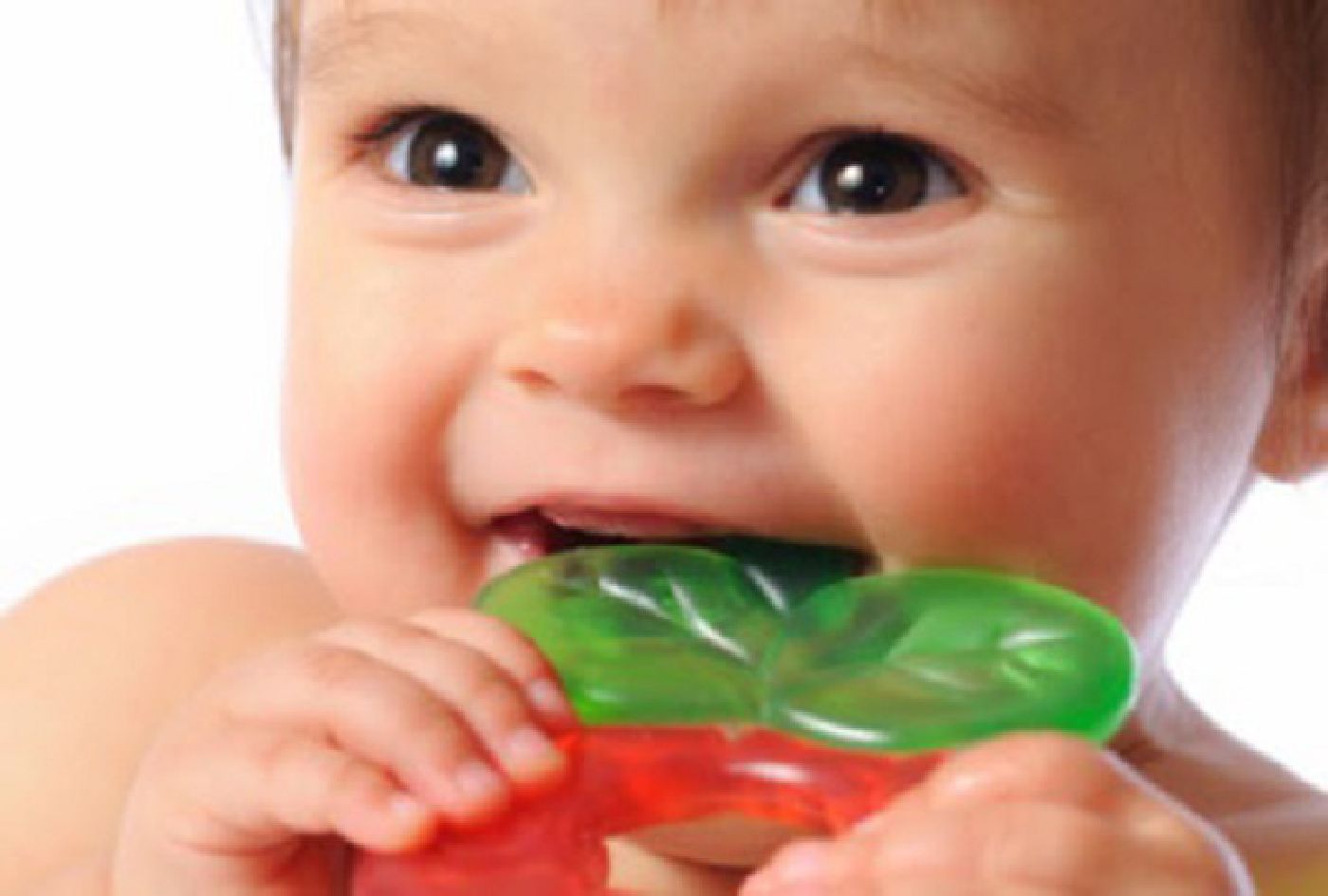
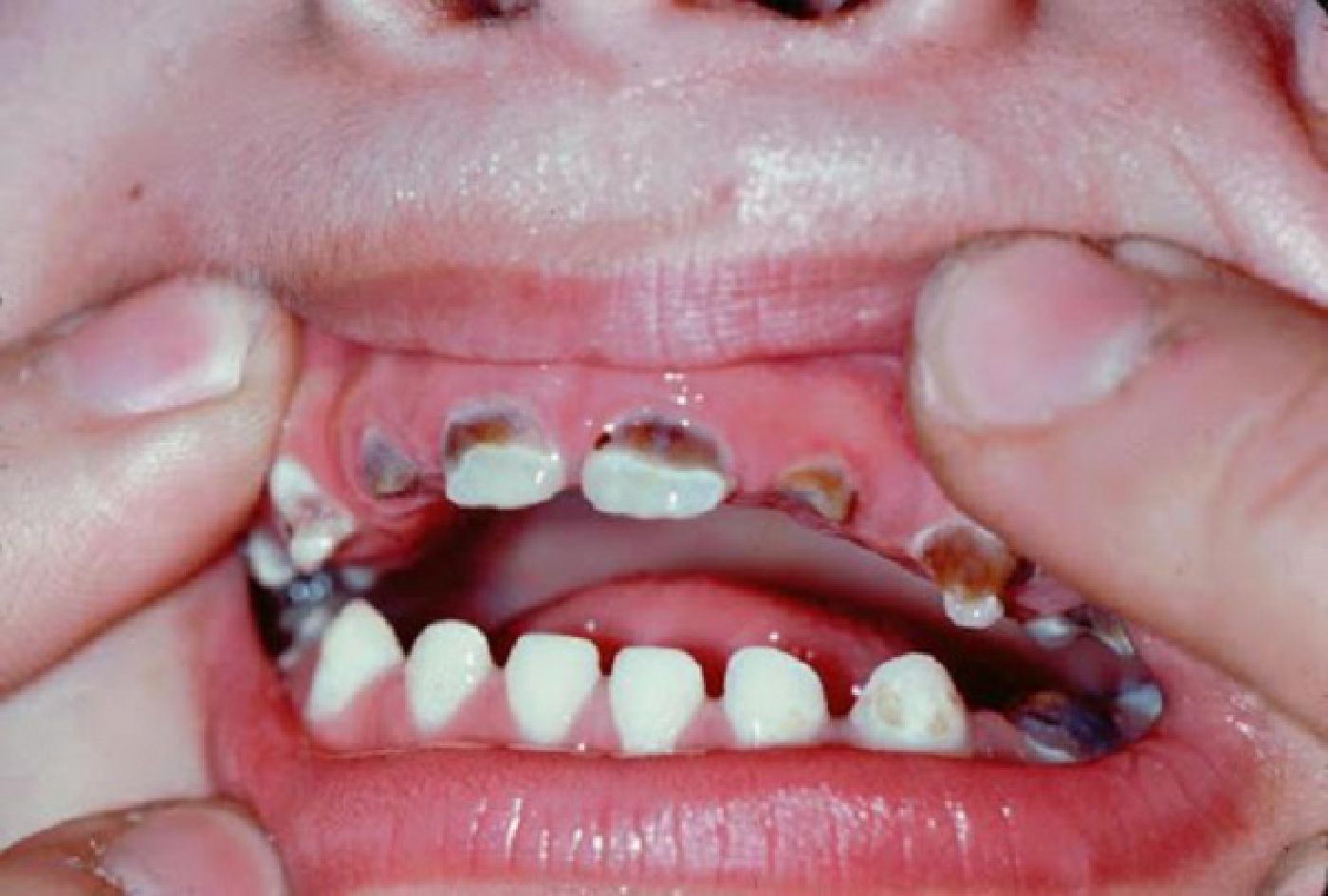

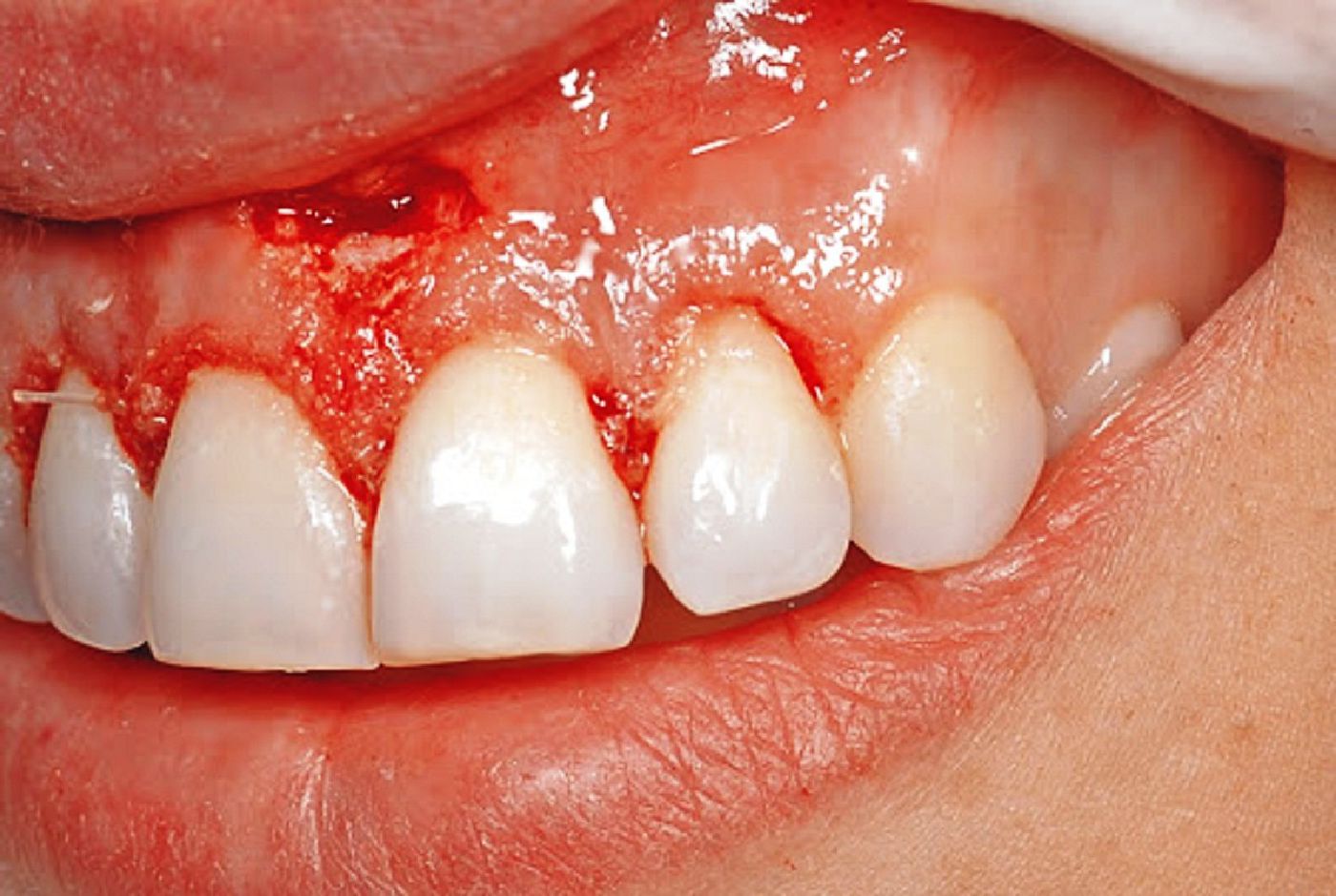

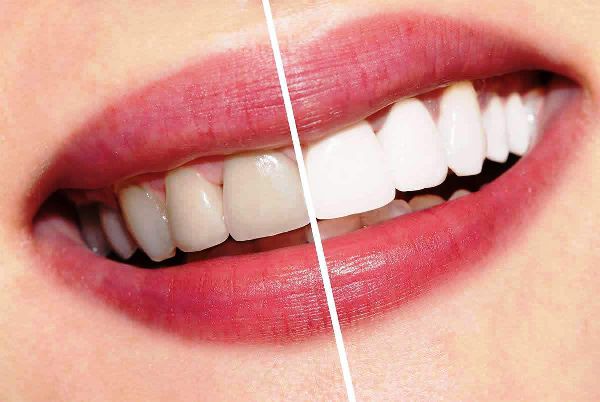
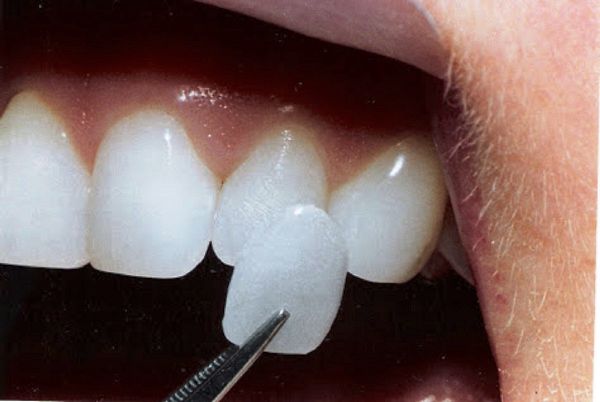
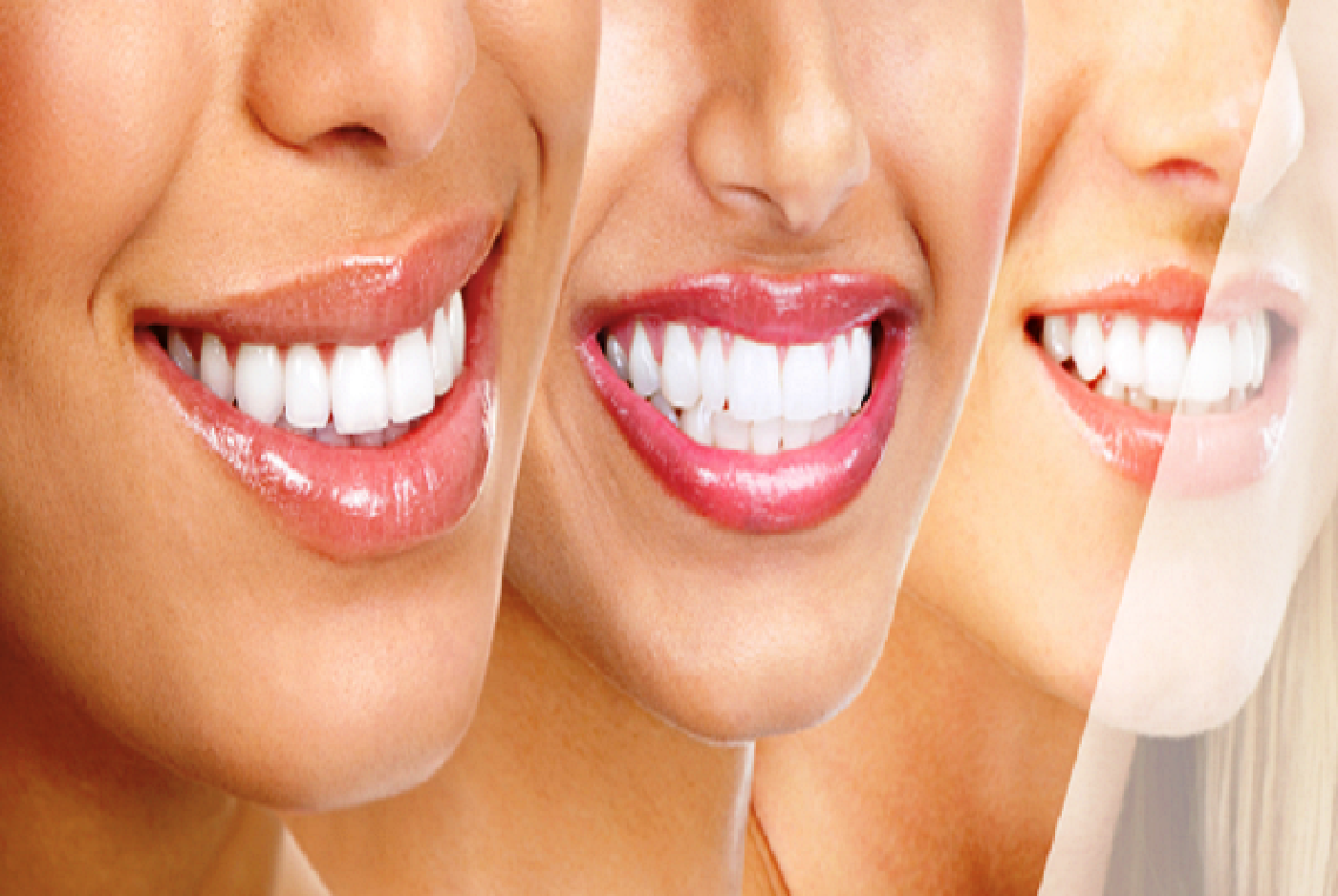
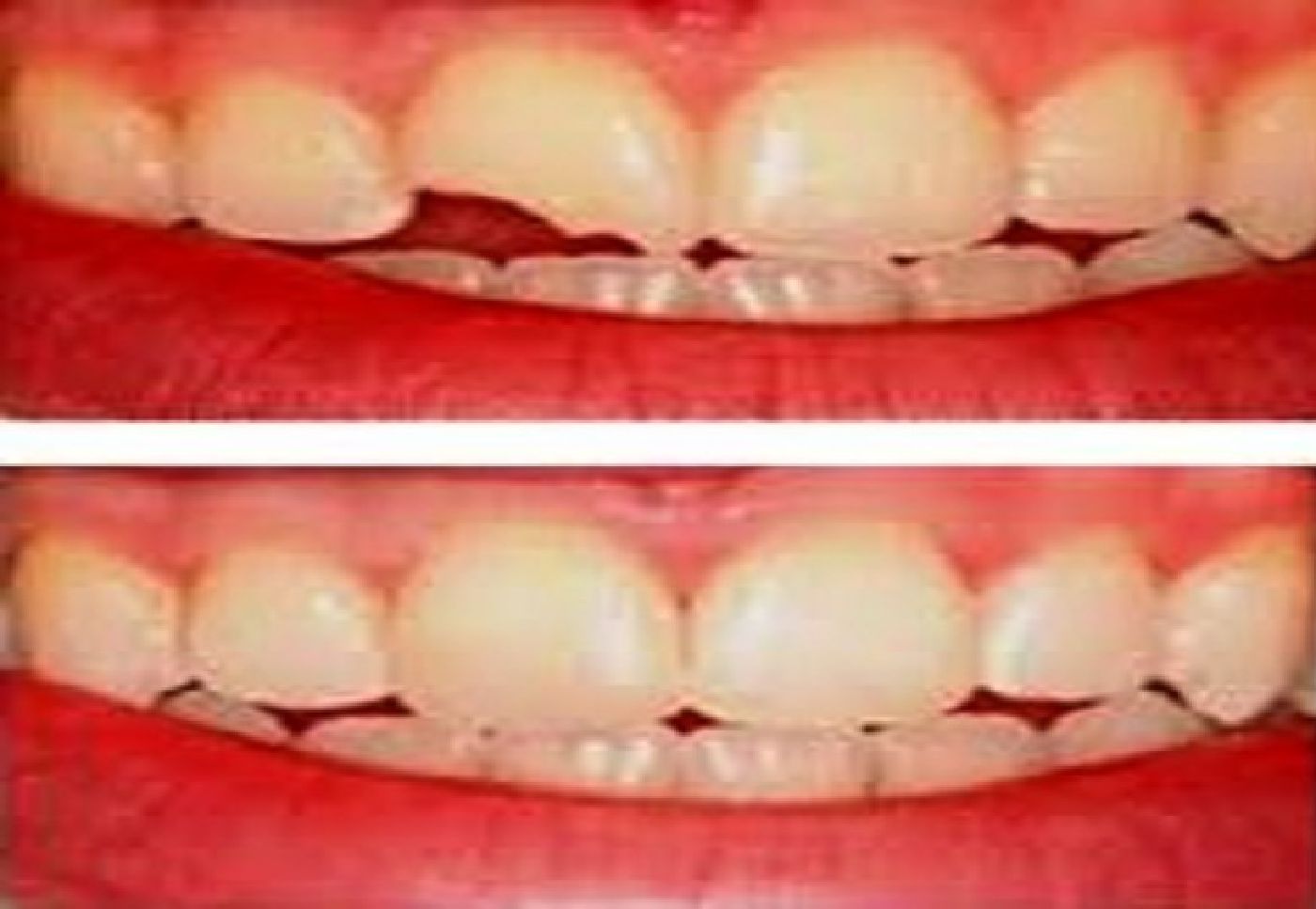
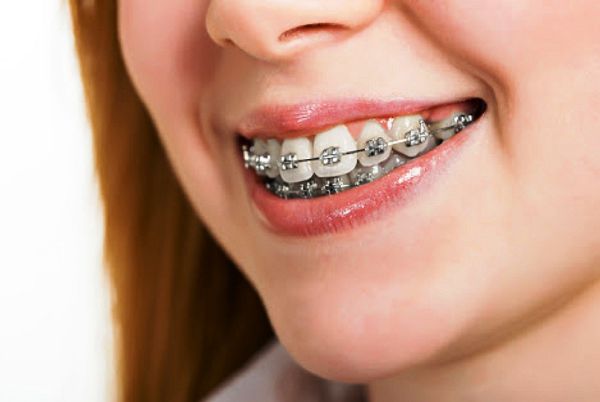
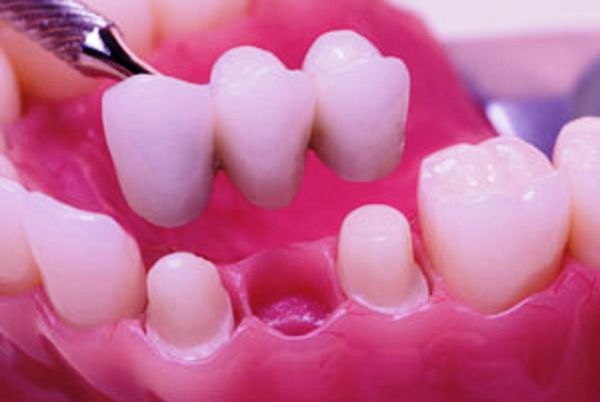


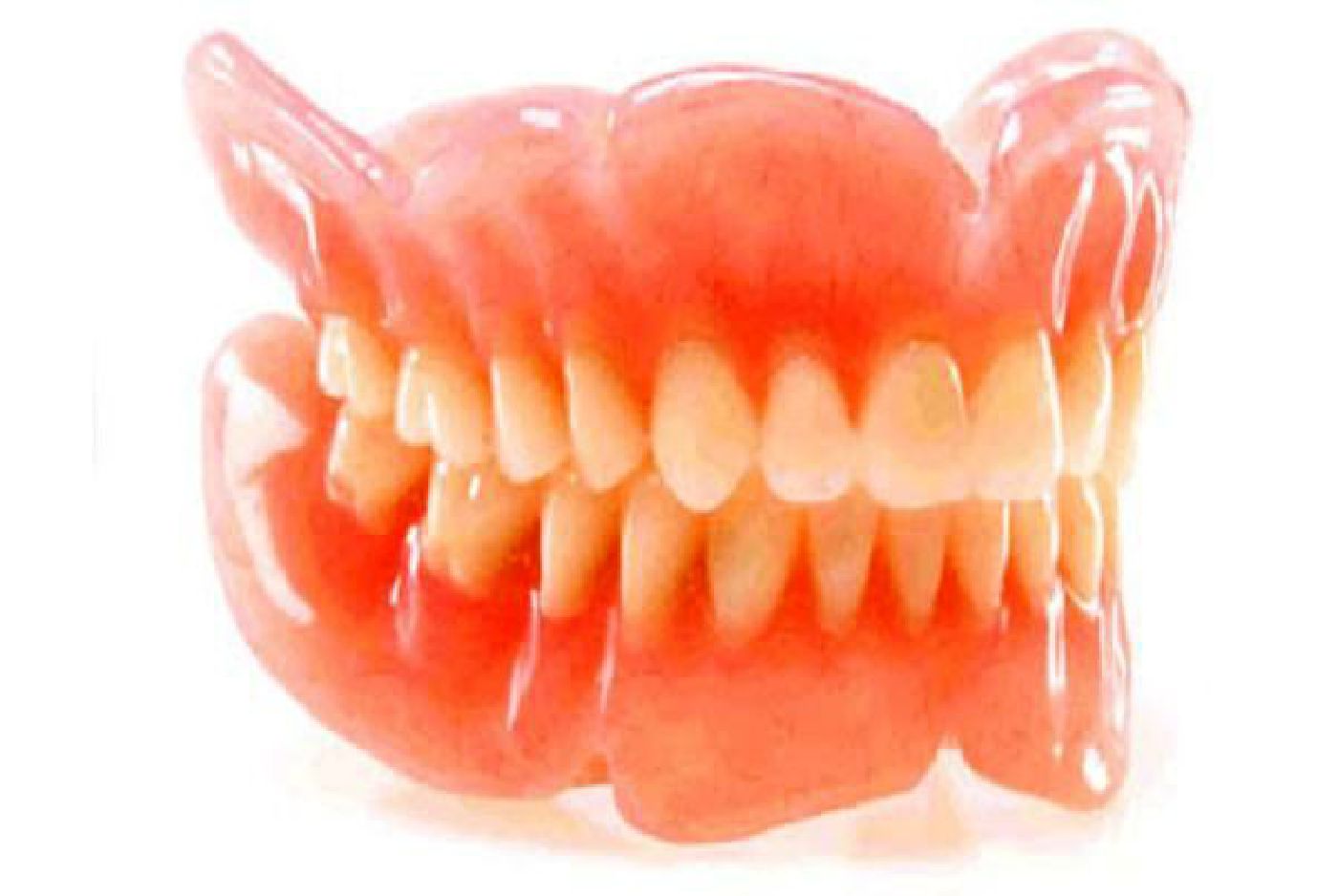
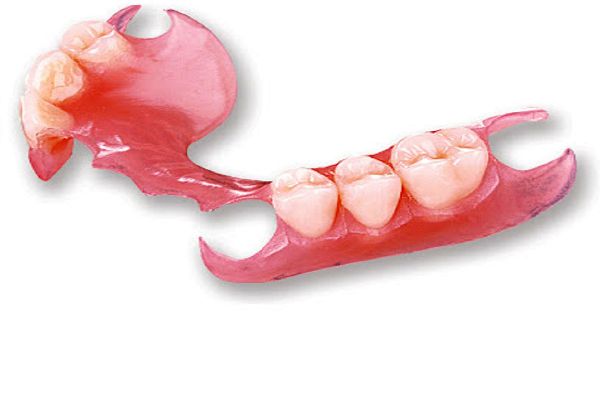
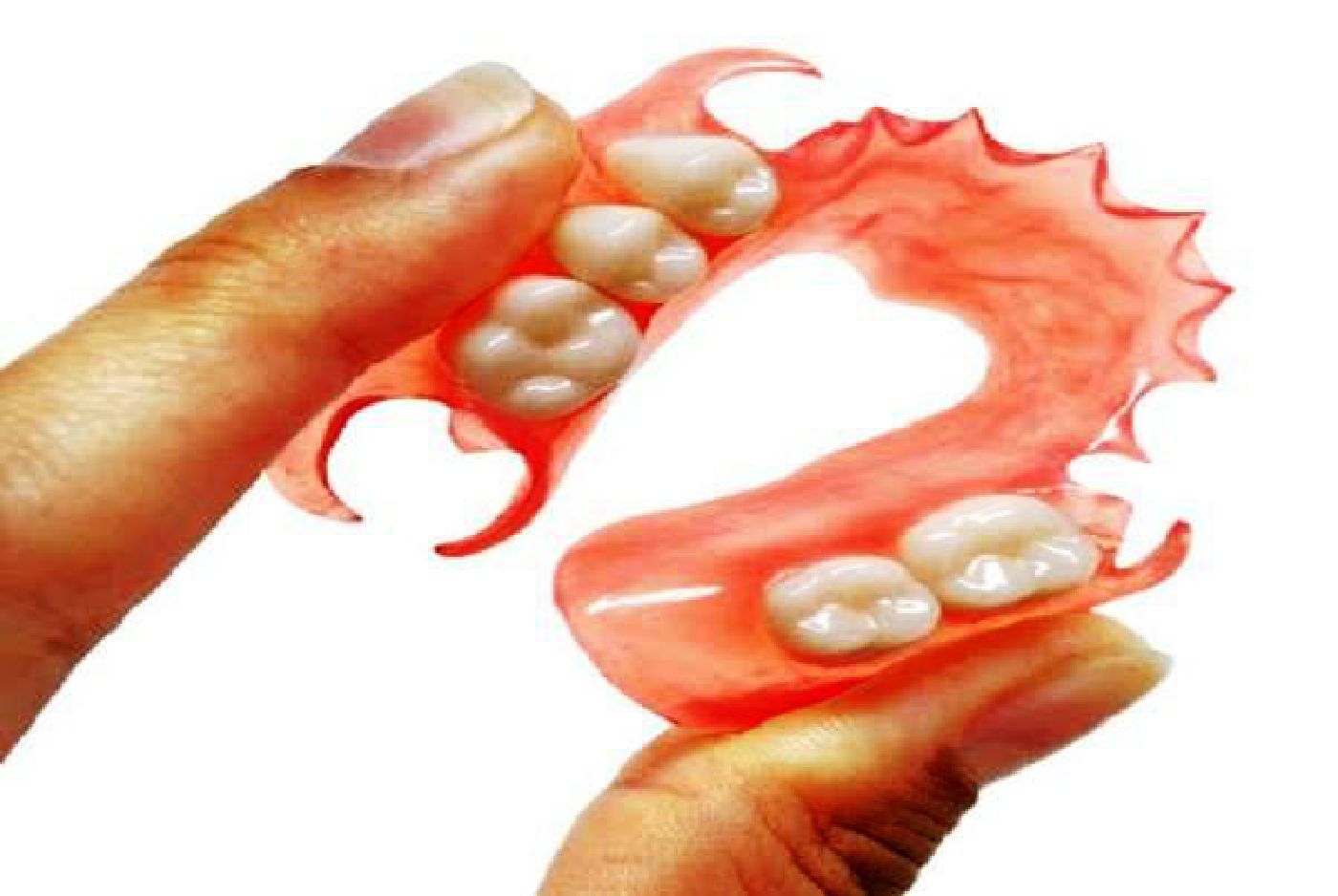

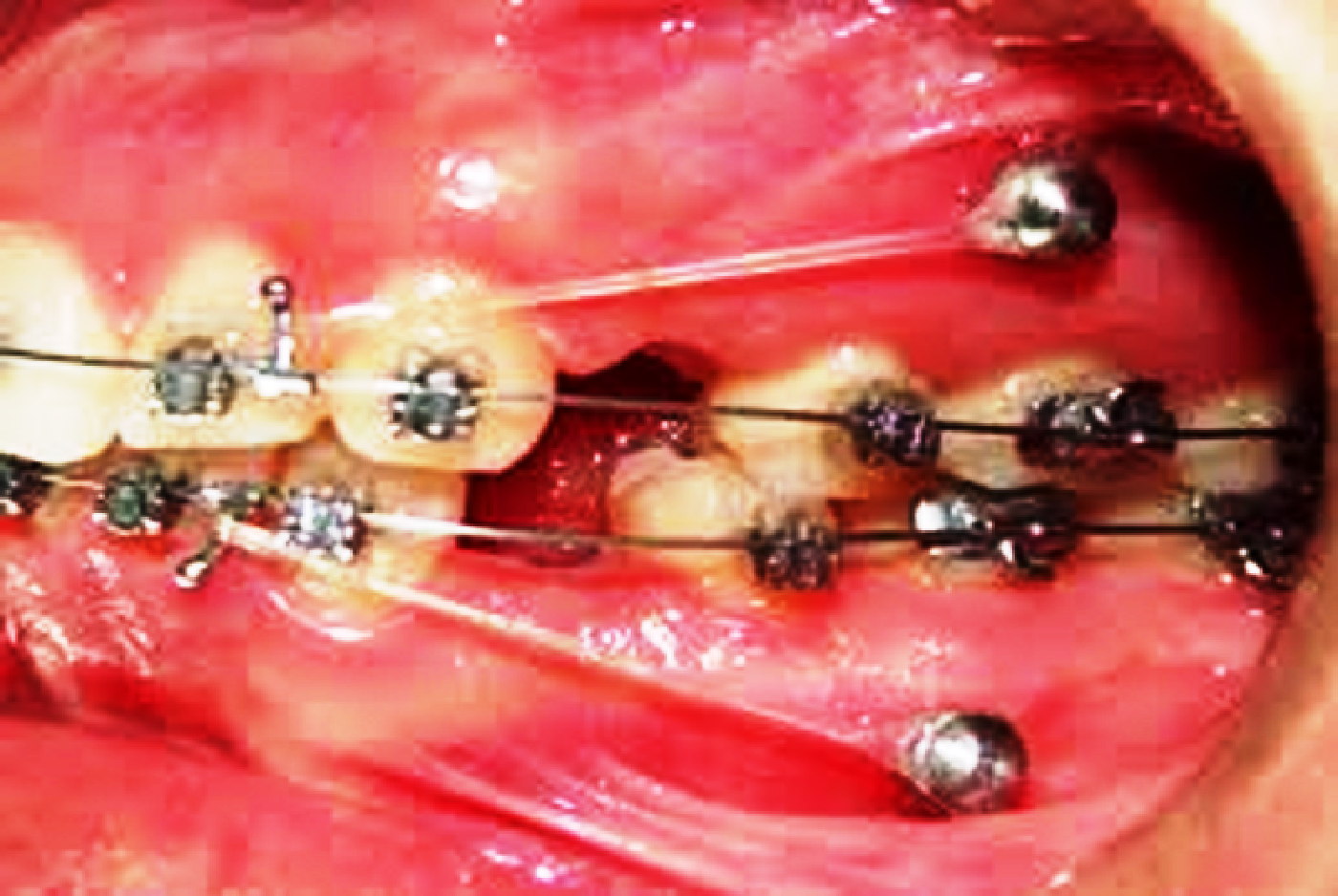
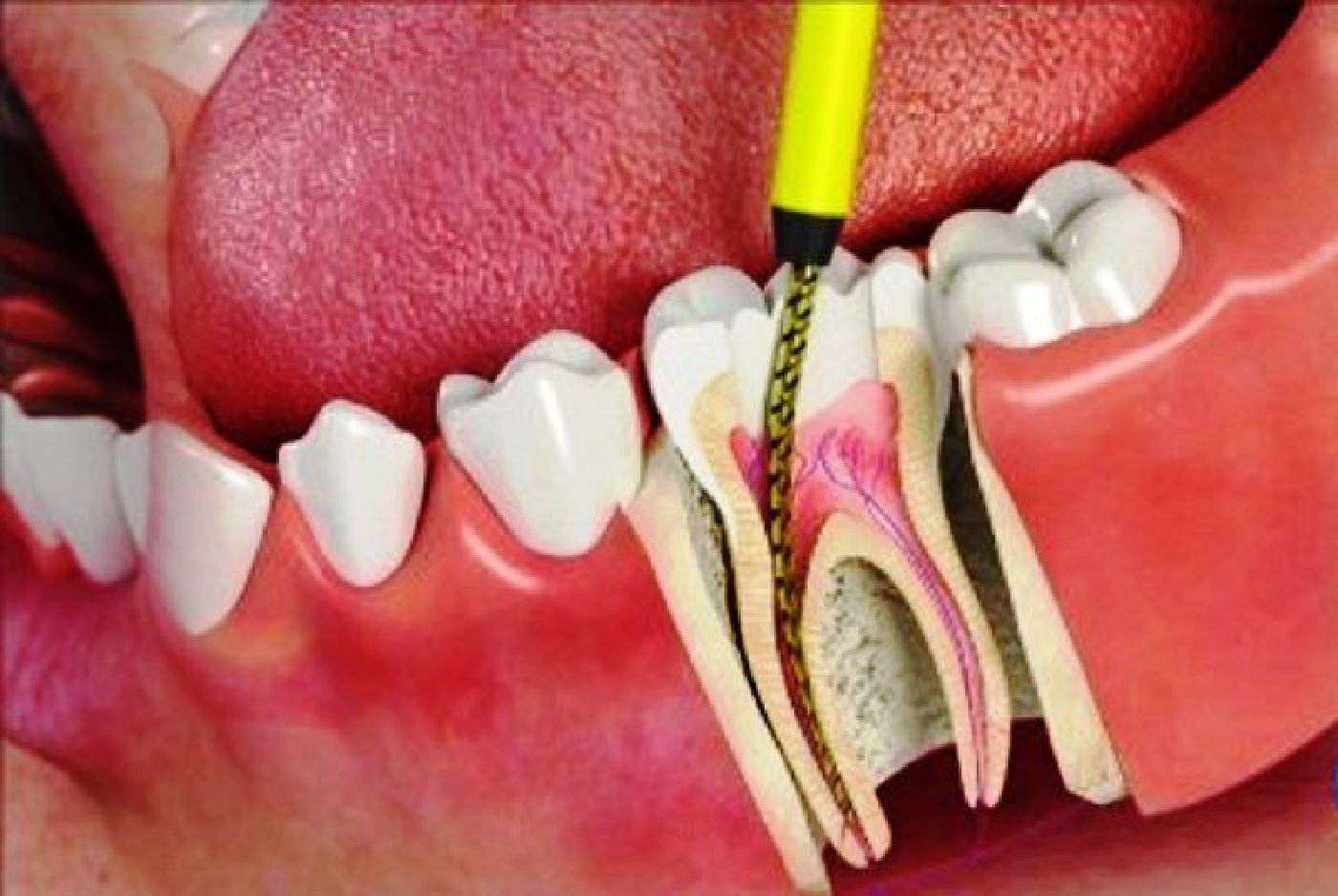

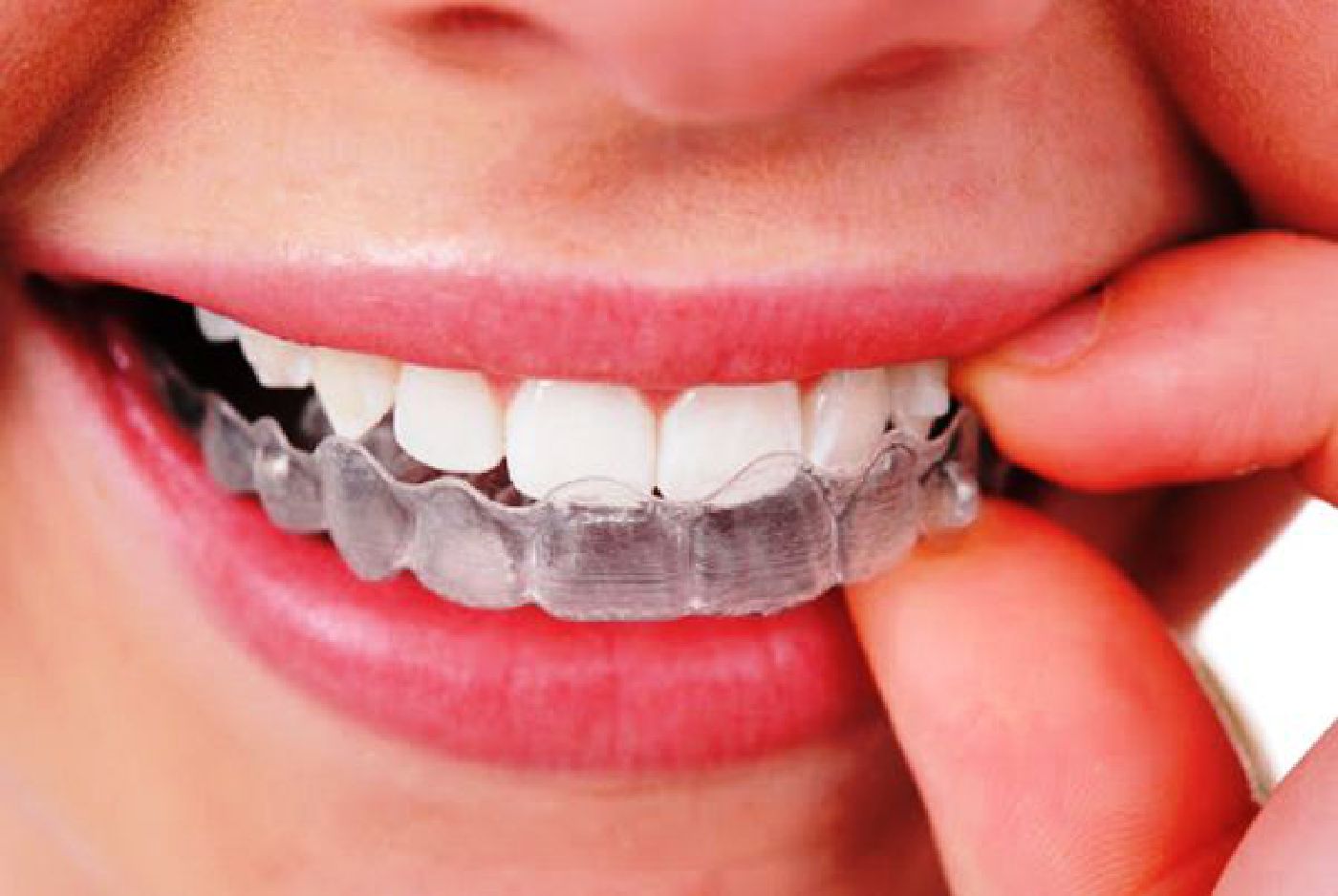
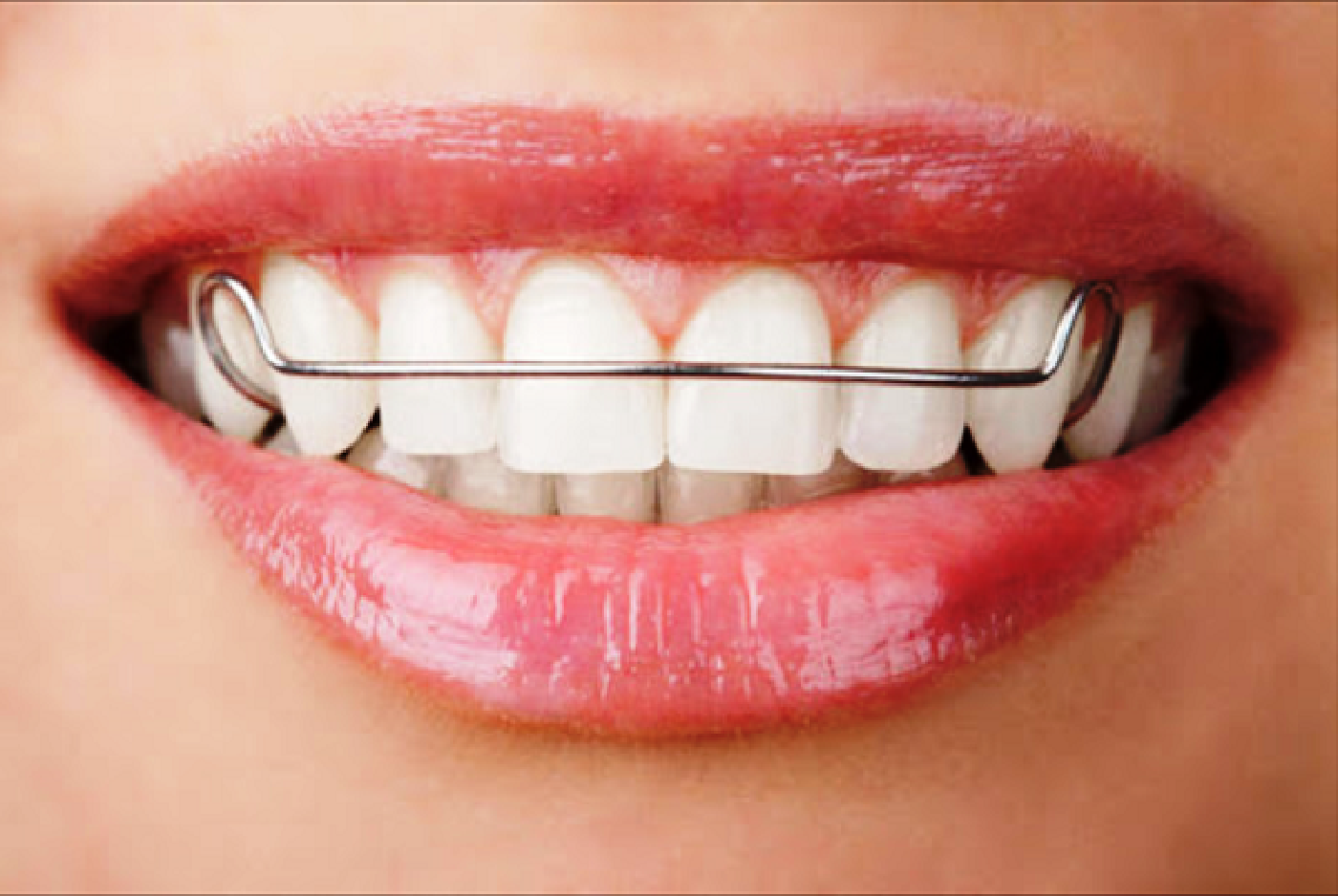
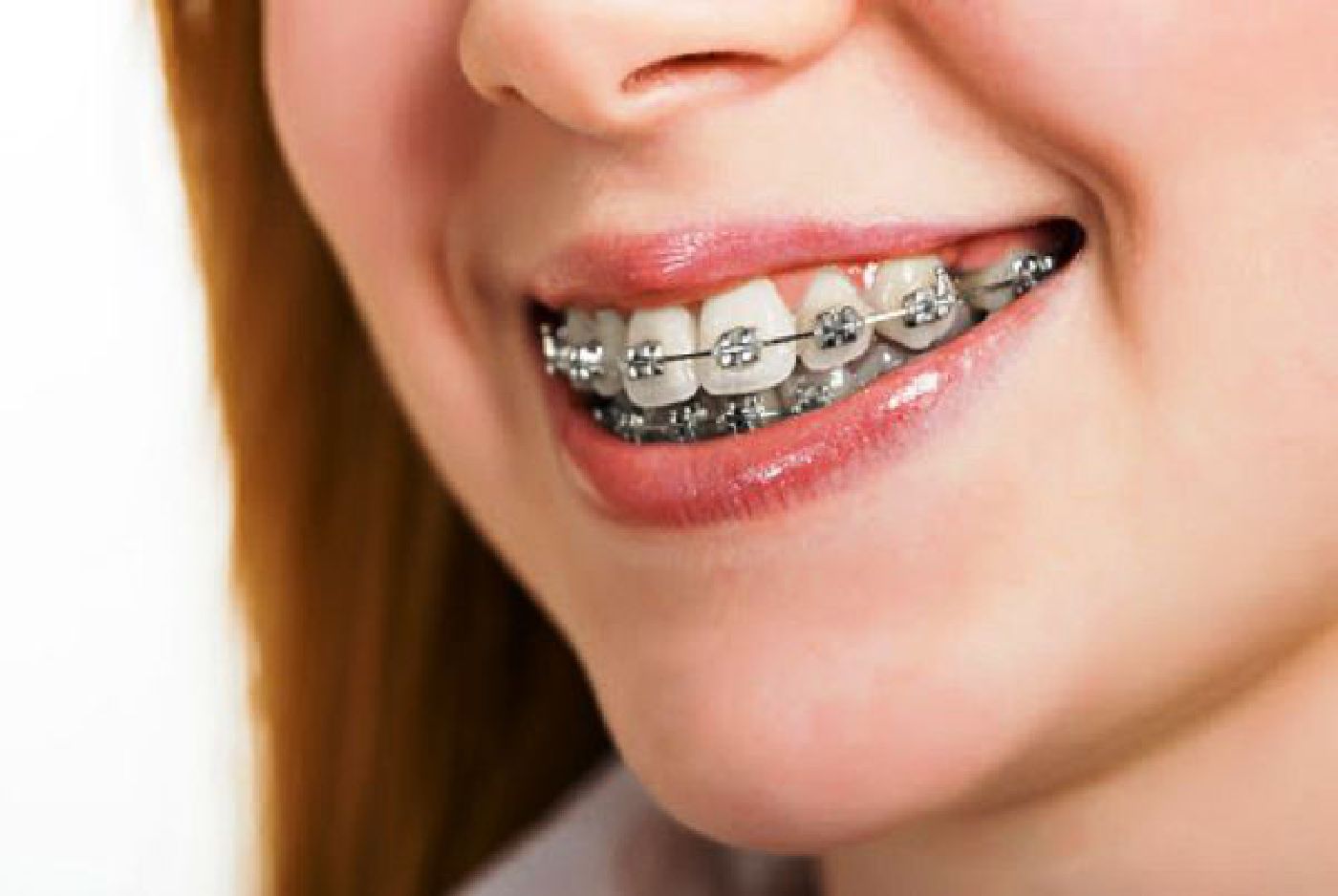
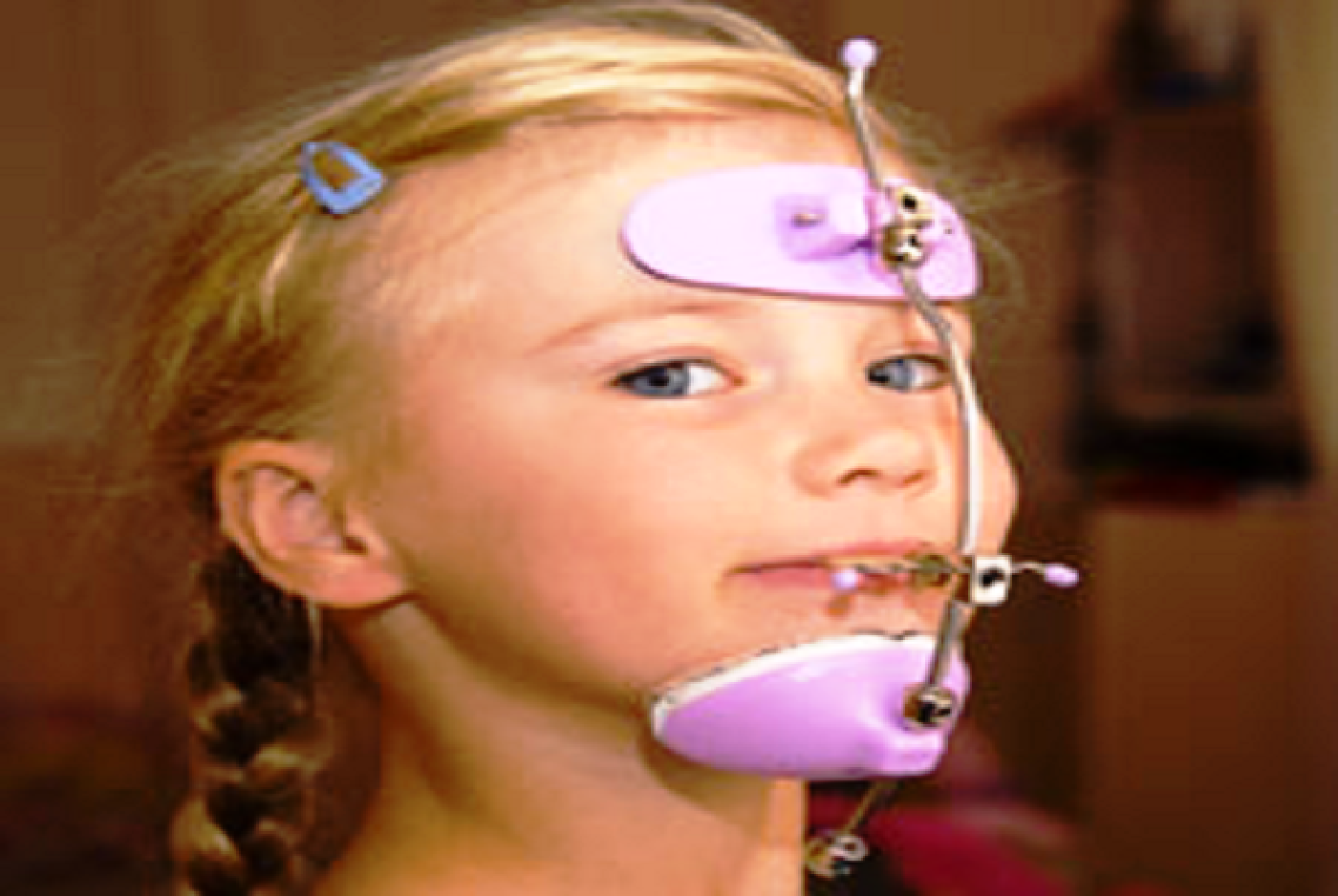
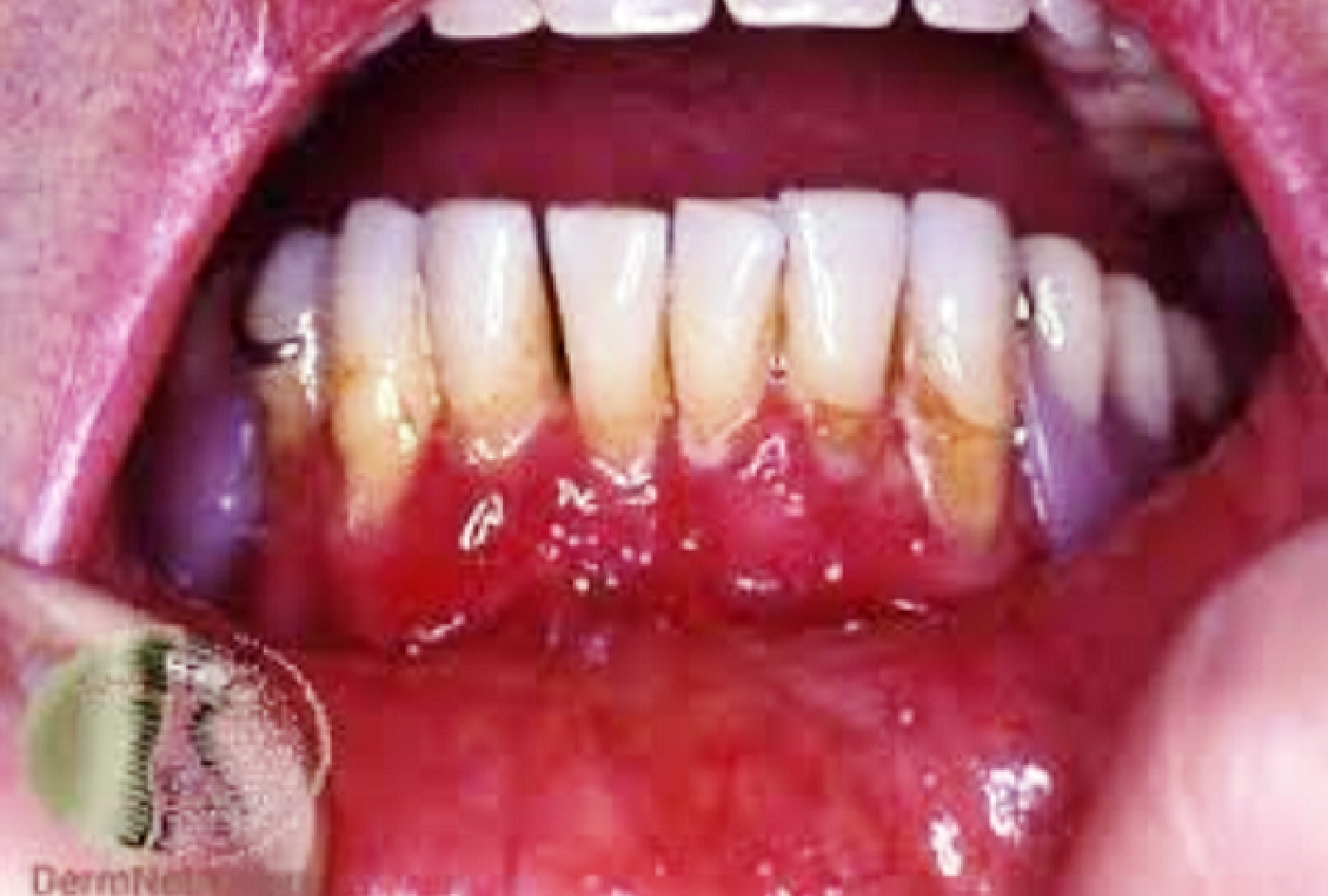
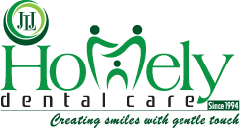
FOLLOW US